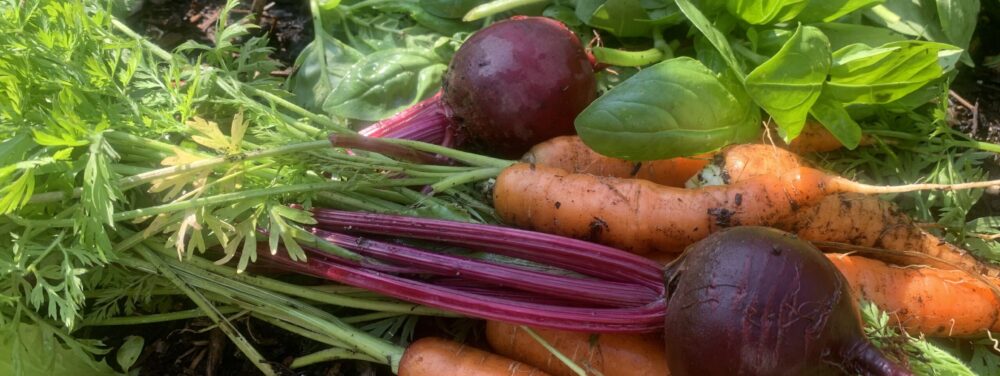After hardening off your plants, it’s time to celebrate all your hard work, care, and time that you have put into preparing your seedlings for the garden. Here are some tips to help you continue caring for your seedlings during transplanting and immediately after transplanting:

- When transplanting, avoid damaging delicate roots and stems. Try touching only the leaves of the seedlings and supporting the roots with the palm of your hand. If you can, avoid touching the stems of the plants.
- Dig a hole large enough for the roots and place the seedling in the hole at about the same depth the plant was when it was growing in a pot.
- Cover the area with soil and lightly push down the area immediately surrounding the plant.
- After transplanting, monitor the plants closely for the first 2 weeks. Watch for disease and pests. Remove diseased plants and remove pests.
- Label your plants. Or move the labels from the seedling pots to the garden.
- Keep the young plants watered. Sometimes it can take a couple of weeks for seedlings to look settled into their new soil and home. Moving is stressful!

Transplanting seedlings into the garden is note-worthy, and so is most everything that happens in your plants’ short lives . I use a garden journal to record the date and the variety of plant that I transplanted, the location of the plants, and any significant pests that affect my plants. This way, next year when I’m wondering when I planted my peas or other vegetables outside, or where I grew certain vegetables, I have my notes to remind me.

In case you missed it, this blog post can help you learn about the process of hardening off your plants before you transplant them outdoors.
Don’t forget to take some time to enjoy watching your vegetables grow into plants that will help you eat food you grow.


